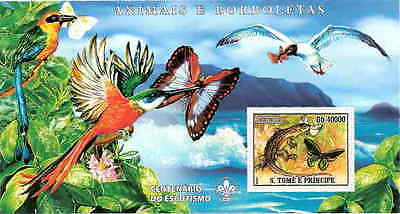North America has more than a billion fewer birds than it did 40 years ago, with the snowy owl and the chimney swift just two of the better-known species in dramatic decline across the continent, a recent survey has found. The total number of continental landbirds stands at about 10 billion, down from about 11.5 billion in 1970. The study’s authors – a range of academic, activist and government bodies in Canada and the United States – list 86 of North America’s roughly 450 breeding species as vulnerable, with some populations expected to be halved in a matter of decades. “I don’t want my grandchild to go out in the forest and not hear the songbirds in the spring, and that seems to be where we’re headed right now,” said Andrew Couturier, senior analyst at Bird Studies Canada and a co-author of the report, which was released in August. As “North America’s bird nursery,” Canada has an added responsibility to conserve habitat, Mr. Couturier said. A majority of the continent’s birds are hatched here, before migrating south.
Keeping forests musical is not the only reason healthy bird populations are important, he notes. The creatures also provide “ecosystem services” such as pollination and insect control.
And birds are often a bellwether of broader ecological health, said Judith Kennedy, head of the migratory bird conservation unit at Environment and Climate Change Canada, and a co-author of the report. She noted that sickly birds were an early warning sign of the environmental damage caused by the pesticide DDT a generation ago.
“In some ways, the status of these birds could indicate the status of our own health,” she said.
By that score, North Americans have cause for concern. Dozens of species lost more than 50 per cent of their populations between 1970 and 2014, from the obscure (Sprague’s pipit, the oak titmouse, the bobolink) to the familiar. Snowy owl populations, for example, fell 64 per cent in that time.
Even relatively abundant birds are dwindling in number, the report says. Chimney swifts, field sparrows and short-eared owls are among the common species that have lost more than half of their populations since 1970 and are expected to lose half of their current level in 40 years or less.
Two groups of birds have been especially affected: grasslands species and insect eaters such as swallows and flycatchers, whose decline is less obvious but may be a result of falling insect populations related to pesticide use.
Source:
ERIC ANDREW-GEE
The Globe and Mail
Published Wednesday, Sep. 14, 2016
http://www.theglobeandmail.com/technology/science/report-finds-north-am…

- Login om te reageren
